This year marks the 75th anniversary of the victory of the Chinese People's War of Resistance Against Japanese Aggression. Over the past decades, Chinese filmmakers have created a slew of classic movies that document that part of history and the sacrifices made to earn today's peace.
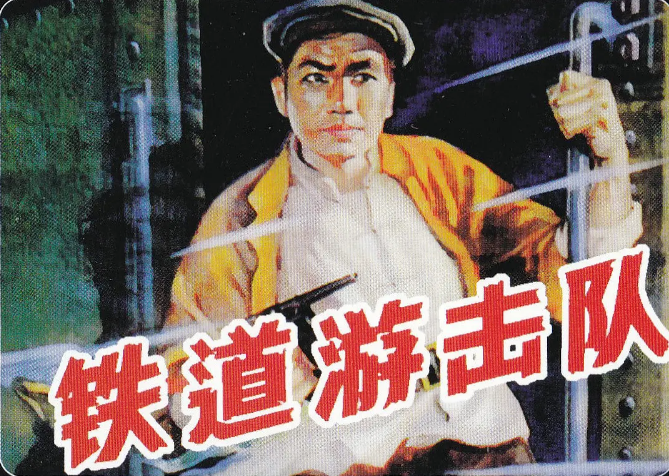
Poster of "Railway Guerrilla"/Douban
Poster of "Railway Guerrilla"/Douban
Released in 1956, the movie is based on a true story of a group of guerrilla fighters who fought against invading Japanese troops in east China's Shandong Province. The guerrilla force formed in 1938 with only a few members. They launched many offensives against the enemy along the railway. The team eventually developed into an impressive force with over 400 members.
Little Soldier Zhang Ga (1963)
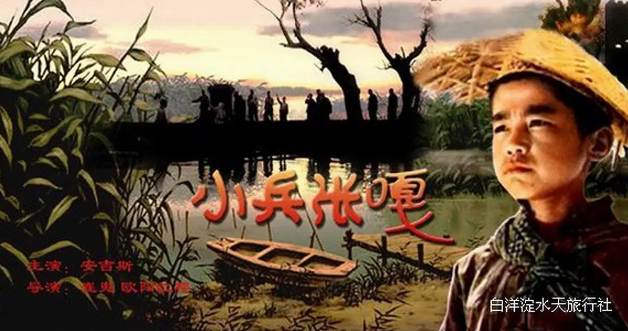
Poster for "Little Soldier Zhang Ga"/Douban
Poster for "Little Soldier Zhang Ga"/Douban
Zhang Ga is one of the most well-known characters in Chinese war films. The story of this boy from northern Hebei Province determined to become a soldier is a household one in China. Japanese aggressors killed his grandma who offered help to Chinese soldiers. Zhang hoped to become a soldier to take revenge for his beloved grandma. The film shows his wisdom in the fight against the enemy and how he finally grew up into a real soldier. The story has been turned into another movie, a TV series and an animated feature film as well.
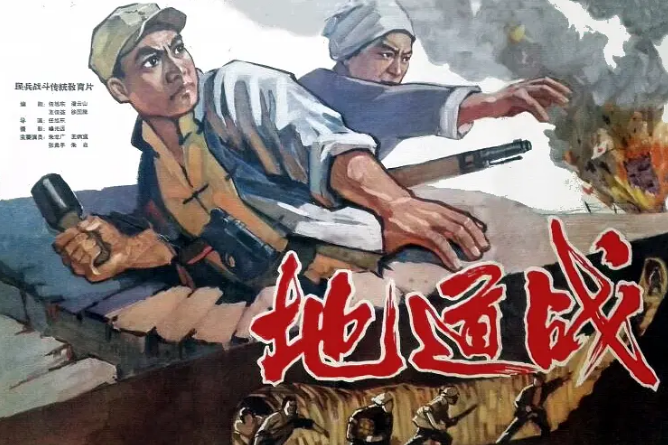
Poster for "Tunnel Warfare"/Douban
Poster for "Tunnel Warfare"/Douban
As the name implies, the film is about how Chinese people used underground tunnels to fight against the Japanese invaders. The story happened in a small village called Gaojiazhuang in central Hebei Province. The villagers designed and dug a tunnel network for local residents and militiamen to hide and launch attacks. The film also heralds a new narrative technique that combines storytelling and military education.
Bloody battle at the Village of Tai-Er (1986)
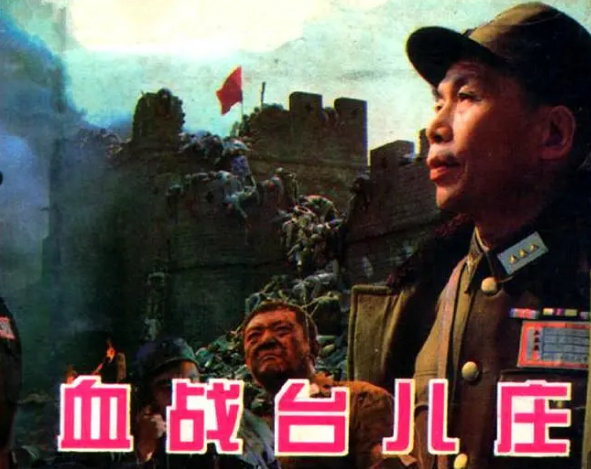
Poster for "Bloody battle at Village Tai'erzhuang"/Douban
Poster for "Bloody battle at Village Tai'erzhuang"/Douban
The movie reenacts the bloody scenes of a month-long 1938 battle in the north China village Tai'erzhuang. About 290,000 Chinese soldiers and 50,000 Japanese invaders engaged in the battle, which turned out as the first major victory of the Chinese People's War of Resistance Against Japanese Aggression. It broke the so-called myth of the "invincible" Japanese limitary, while worked as a big morale boost to the Chinese fighting to defend their motherland.
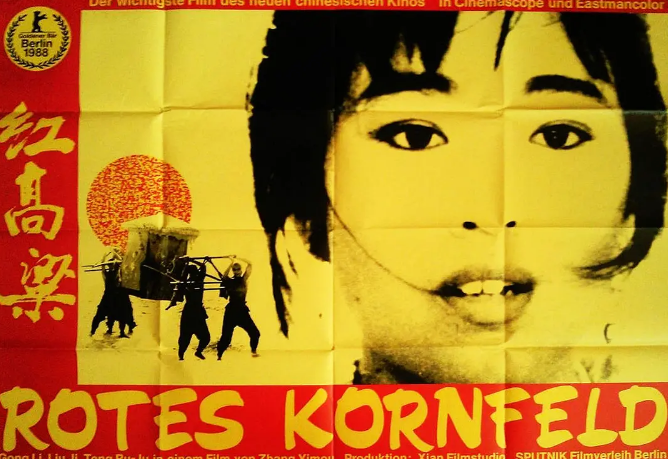
Poster of "Red Sorghum"/Douban
Poster of "Red Sorghum"/Douban
Based on the novel "Red Sorghum Clan" by Chinese Nobel laureate writer Mo Yan, the film is about the story of a young woman who works in a distillery in a rural village in east China's Shandong Province. Her daily life is a struggle as she tries to operate family business of brewing sorghum liquor. But the protagonist, along with her workers, were killed by the Japanese invaders as they all took part in an event against the Japanese troops.
Devils on the Doorstep (2000)
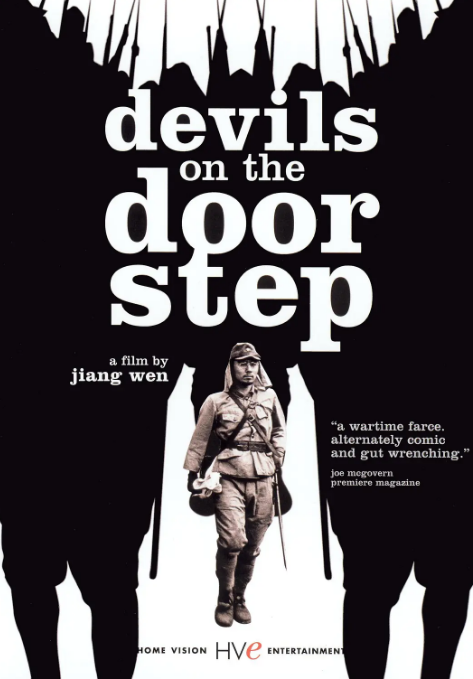
Poster of "Devils on the Doorstep" /Douban
Poster of "Devils on the Doorstep" /Douban
The black comedy film tells the story of a Chinese villager who's forced by a mysterious figure to take custody of two prisoners from the Japanese army. The owner is bullied into keeping the prisoners until the next New Year, at which time they will be collected. The village leaders convene to interrogate the prisoners. Jiang Wen, the film's director, said that the film shows how Chinese literature and film have perpetuated an attitude of blaming the aggressor and casting the Chinese population as passive victims of aggression.
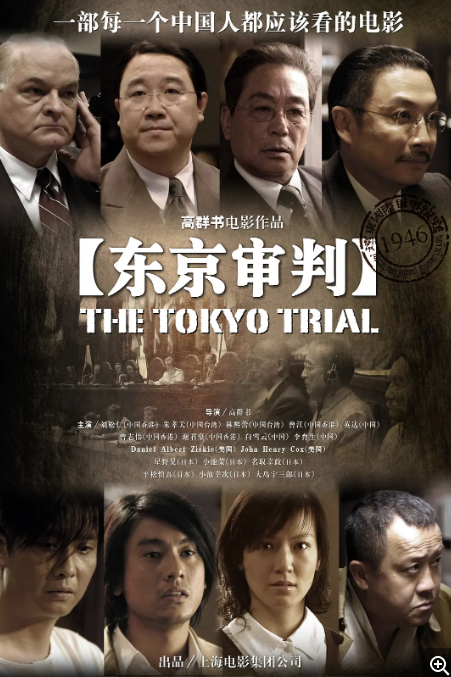
Poster of "The Tokyo Trial " /Douban
Poster of "The Tokyo Trial " /Douban
The historical documentary is about the International Military Tribunal for the Far East after Japan's surrender in World War II. The movie presents the trial from the point of view of the Chinese judge Mei Ru'ao. Mei managed to break out of the encirclement from powerful countries to bring Japanese war criminals to justice.
City of Life and Death (2009)
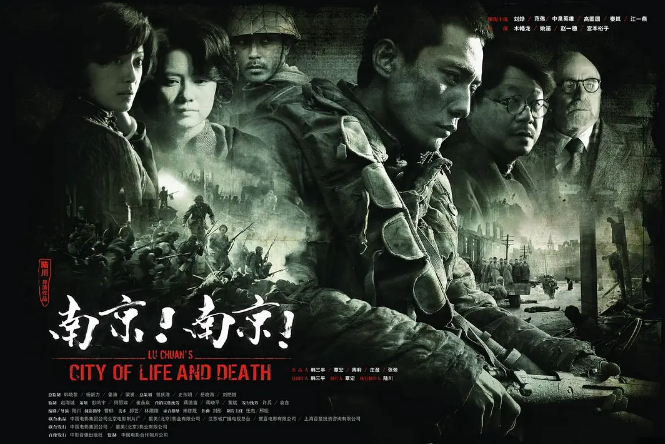
Poster of "City of Life and Death" /Douban
Poster of "City of Life and Death" /Douban
Better known as "Nanjing!Nanjing!", the film features the 1937 Nanjing Massacre that happened over six weeks starting on December 13, 1937 – the day when the Japanese captured Nanjing. China's official estimate is more than 300,000 died based on the evaluation of the Nanjing War Crimes Tribunal in 1947. Through recounting the experience of an ordinary Japanese soldier and a Chinese soldier, the movie reveals the psychological and mental trauma warfare brings to people.
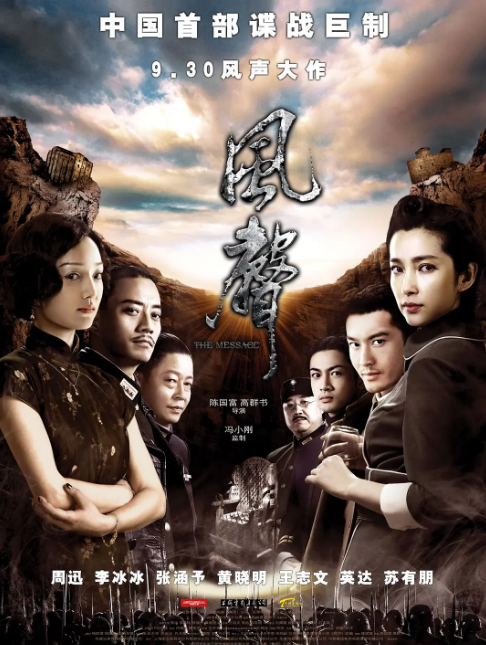
Poster of "The Message"/Douban
Poster of "The Message"/Douban
The espionage thriller is set in Nanjing in 1942. Following a series of assassination attempts on officials of the Japanese-controlled puppet government, the Japanese spy chief gathers a group of suspects in a mansion house for questioning. The film vividly shows a tense game of "cat and mouse" as the Chinese code-breaker attempts to send out a crucial message while keeping his/her own identity in secret.
The Flowers of War (2011)
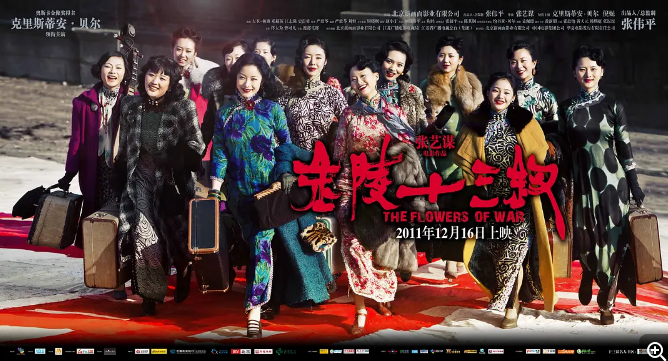
Poster of "The Flowers of War"/Douban
Poster of "The Flowers of War"/Douban
It's another film based on the brutal Nanjing Massacre in 1937, during WWII. It tells a story about how 14 local prostitutes try to save the virginity of a group of school girls from the brutal rape by the invading Japanese army by martyring themselves. The story is told through the eyes of a 13-year-old girl who survived thanks to the help of the women.